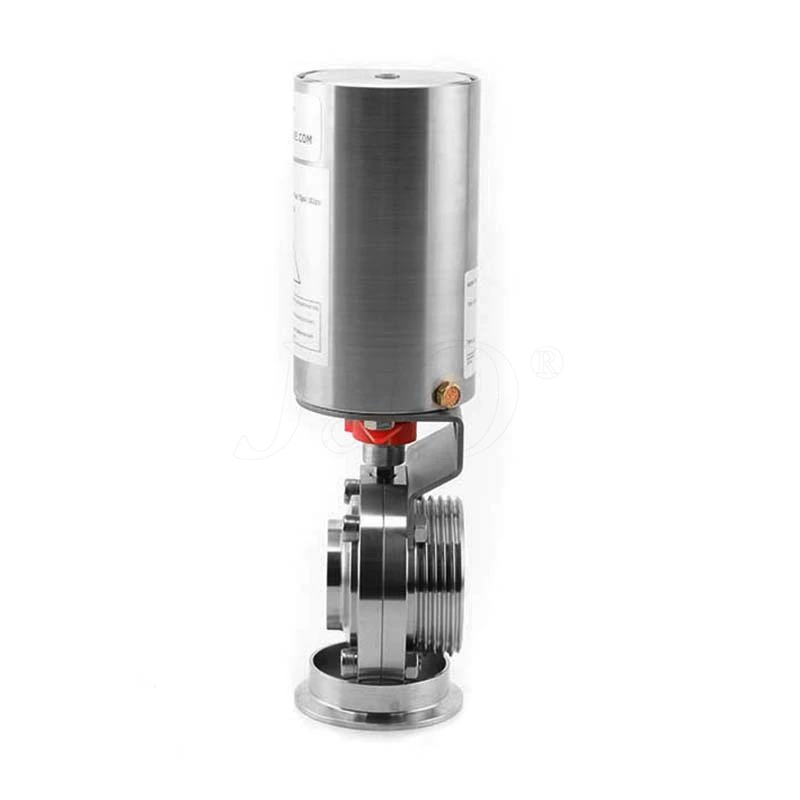What Are The Defects That Affect The Normal Functioning Of Sanitary Flange Butterfly Valves?
What are the defects that affect the normal functioning of Sanitary Butterfly Valve?
1. Defects in sealing materials
1. When the sanitary butterfly valve uses rubber seal, its disadvantage is that when used as a throttle valve, it is easy to be cavitated if used improperly, resulting in peeling of the rubber seat and damage to the valve seat or rubber seat. The alternative to sanitary butterfly valves is to use metal-sealed butterfly valve products, flange-type check valves, or other alternative materials such as polytetrafluoroethylene.
2. When the sanitary butterfly valve is in the middle opening, the opening shape formed by the valve body and the front end of the butterfly plate is centered on the valve shaft, and the two sides form different states. The front end of the butterfly plate on one side moves in the direction of the water flow, and the other side moves in the direction of the water flow. Therefore, the valve body and the valve plate on one side form a nozzle-shaped opening, and the other side is similar to a throttle hole-shaped opening. The nozzle side has a much faster flow rate than the throttle side, and negative pressure will be generated under the valve on the throttle side, and the rubber seal often falls off.
2. Under normal use, the life of the sealing seat of the sanitary butterfly valve is 10-15 years for rubber and 70-85 years for metal. The relationship between the opening and flow rate of the sanitary butterfly valve is basically linear. If the sanitary butterfly valve is used to control the flow rate, its flow characteristics are also closely related to the flow resistance of the piping. If the valve is installed in two pipelines with the same valve diameter and form, but the pipeline loss coefficient is different, the flow rate of the valve will also be very different. If the valve is in a state of large throttling range, cavitation is prone to occur on the back of the valve plate, which may damage the valve. It is generally used outside 15°.
3. The self-locking ability of the sanitary butterfly valve can only be achieved by installing a worm gear reducer on the valve stem.
